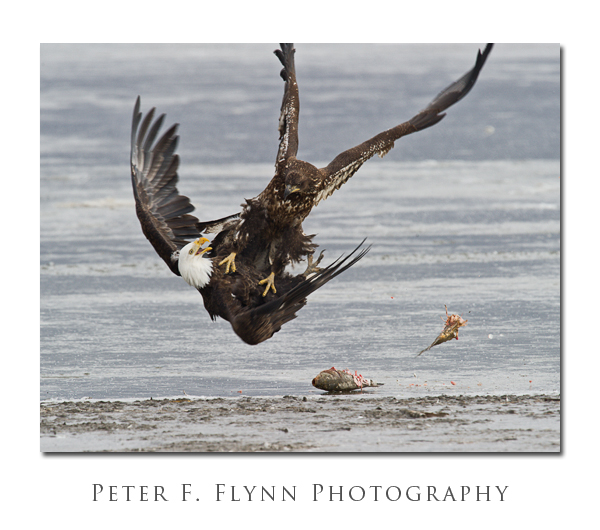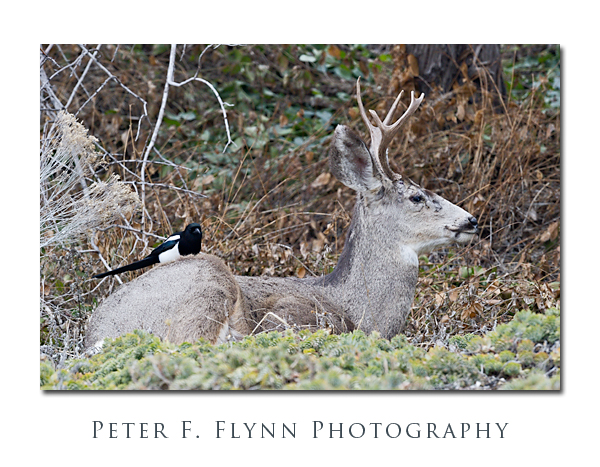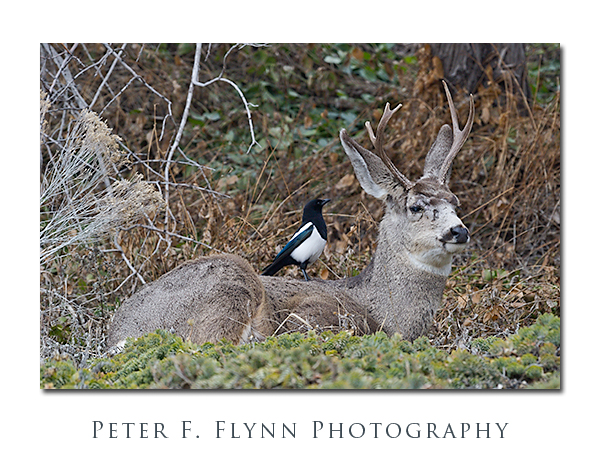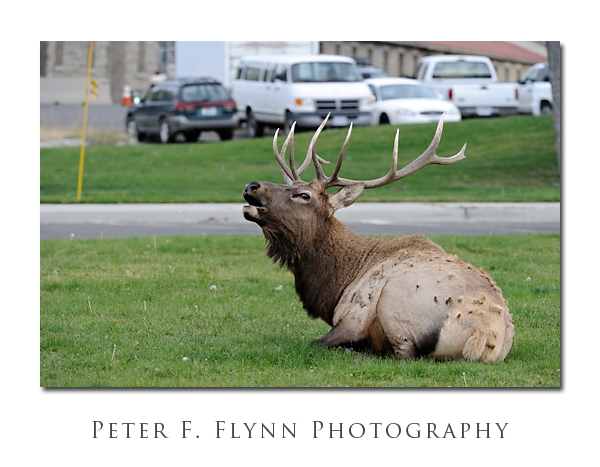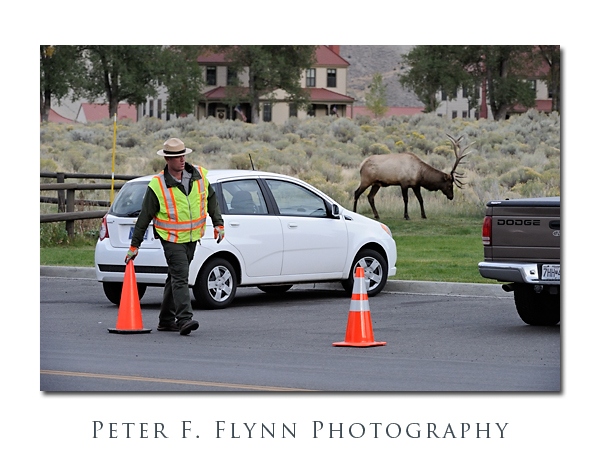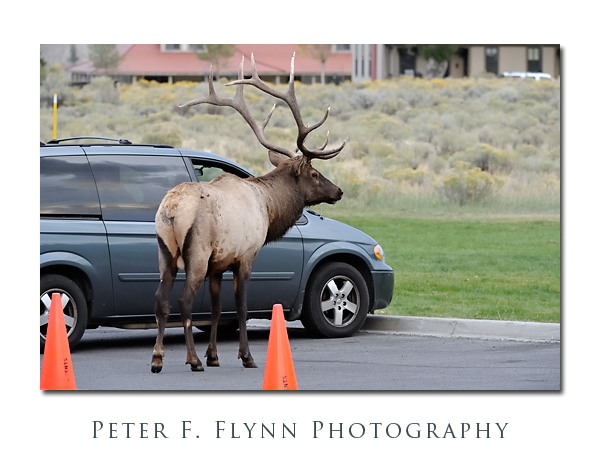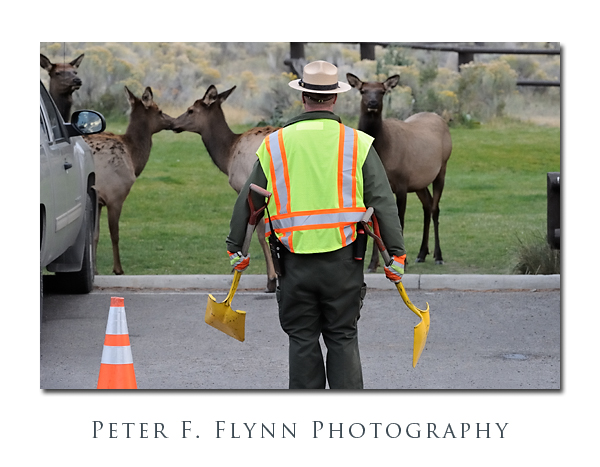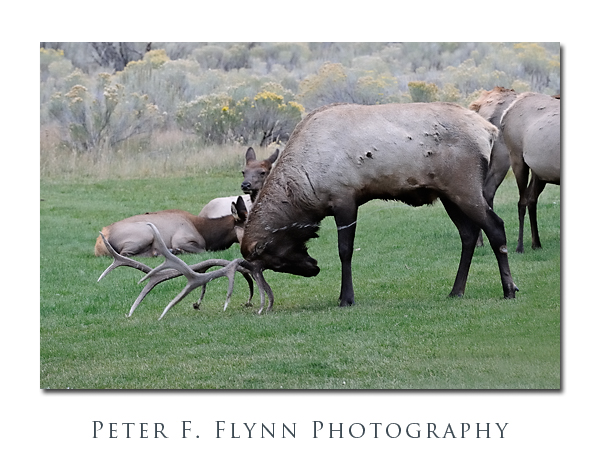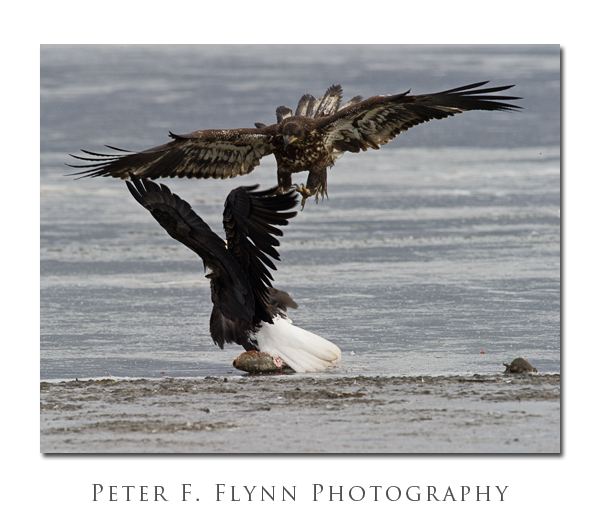 Each year, between late January and early February, rangers at Farmington Bay Waterfowl Management Area (FBWMA) conduct a carp cull. The cull is designed to reduce the impact of carp, which are a nonnative species (not even native to the western hemisphere, BTW). Rather than cart off the dead fish, the ranger leave them lying about. It is not long before large numbers of Bald Eagles, (Haliaeetus leucocephalus) are drawn to the area to feast on the abundant carrion.
Each year, between late January and early February, rangers at Farmington Bay Waterfowl Management Area (FBWMA) conduct a carp cull. The cull is designed to reduce the impact of carp, which are a nonnative species (not even native to the western hemisphere, BTW). Rather than cart off the dead fish, the ranger leave them lying about. It is not long before large numbers of Bald Eagles, (Haliaeetus leucocephalus) are drawn to the area to feast on the abundant carrion.
As the dead carp are consumed and competition for the remaining bits of flesh increases, open combat breaks outs. Genuine injury appears to be exceedingly rare, however the sparing is nothing short of spectacular.
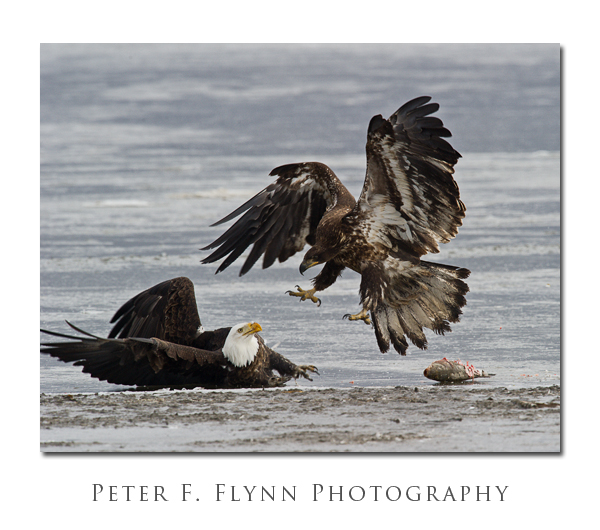 On this visit, the eagles were concentrated along the Dike Road, near coordinates 40° 56’41.70″N, 111° 56’14.74″W. There were about a dozen people viewing.
On this visit, the eagles were concentrated along the Dike Road, near coordinates 40° 56’41.70″N, 111° 56’14.74″W. There were about a dozen people viewing.
Images in this entry were recorded mid-morning on February 10, 2011, using the Nikon D3s and the AF-S NIKKOR 600mm f/4G ED VR lens with the Nikon AF-S Teleconverter TC-17E II – make that 1000mm effective. Exposure was around f/11 and 1/1000s, ISO 1000. VR setting on the 600mm was set on Tripod Mode.
Note that by Sunday, February 13, the show was over: no fish = no eagles.
Copyright 2011 Peter F. Flynn. No usage permitted without prior written consent. All rights reserved.
